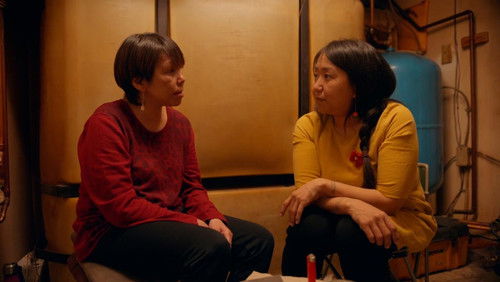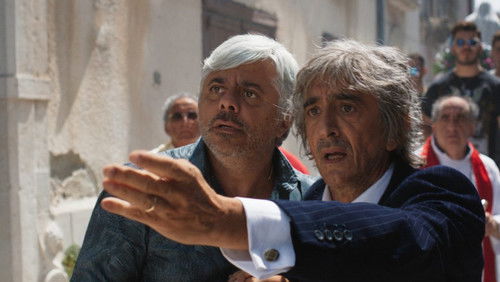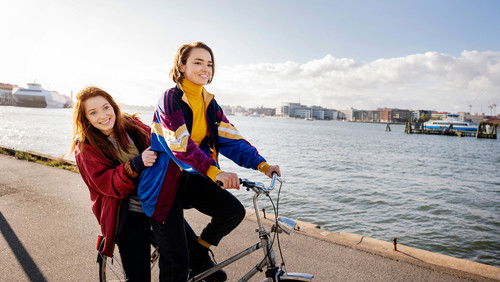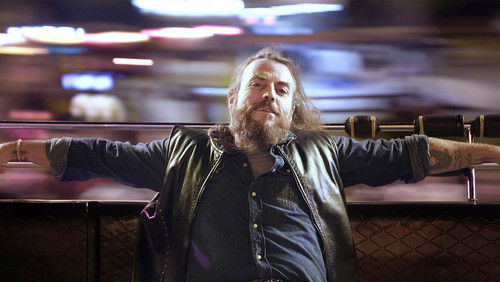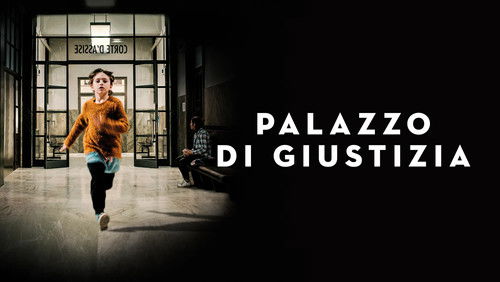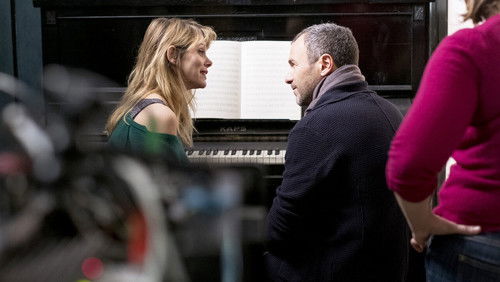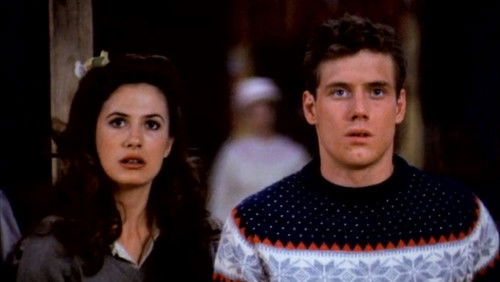Banzai-Banzai, die Piloten des Teufels (1960)
12KBanzai-Banzai, die Piloten des Teufels: Directed by Shûe Matsubayashi, Hugo Grimaldi. With Yôsuke Natsuki, Toshirô Mifune, Kôji Tsuruta, Makoto Satô. Lt. Koji Kitami is a navigator-bombardier in Japan’s Naval Air Force. He participates in the Japanese raid on the U.S. Naval Base at Pearl Harbor in 1941 and is welcomed with pride in his hometown on his return. As Japan racks up victory after victory in the Pacific War, Kitami is caught up in the emotion of the time and fights courageously for the standard of Japanese honor. But his assuredness of his government’s righteousness is shaken after the Japanese navy is defeated in the debacle of Midway.
“During the 1960u0026#39;s, Toho, the Japanese movie company which made all the Godzilla movies, produced one or two large-scale special effects movies every year. u0026quot;I Bombed Pearl Harboru0026quot; (or Japanese original title u0026quot;The Great Sea Battles of Hawaii and Midway: Storm Over the Pacificu0026quot;) (1962) is an excellent example of one of these 1960u0026#39;s Toho special effect movies. This non-fiction film, which is based on a memoir of a Japanese World War II torpedo bomber pilot, depicts the attack on Pearl Harbor and the Battle of Midway from the Japanese side. I remember seeing this movie for the first time back in the 1970u0026#39;s. The first thing I realized were the humanity and courage of Japanese pilots, who are frequently portrayed as beastly bad guys in American and British movies. This movie showed me that they were no different from the Allied fighting men. Japanese pilots truly cared about their own comrades. They showed tremendous courage under fire. They deeply lamented the deaths of their comrades.u003cbr/u003eu003cbr/u003eAll of the filmu0026#39;s main characters were portrayed superbly by the Japanese cast members. Yosuke Natsuki played the main character, Lt. Kitami, as a young, gutsy aviator officer with an almost fanatical devotion to his country and the emperor. The character took defeat stoically like a real man. After the horrendous defeat at Midway, in which he lost many of his comrades, he did not whine or gripe; he calmly and unemotionally stated: u0026quot;However horrible this may be, this is war. I have to face it.u0026quot; Late international star, Toshiro Mifune, played Adm. Tamon Yamaguchi, who went down with his flagship the Hiryu. And late Koji Tsuruta, a real-life ex-kamikaze pilot turned actor and singer, played Lt. Tomonari (based on a historical person Lt. Tomonaga who crashed his plane into the bridge of the Yorktown during the Battle of Midway).u003cbr/u003eu003cbr/u003eMoreover, the special effect, which was supervised by late Eiji Tsuburaya (the special effects director of numerous 1950u0026#39;s and 1960u0026#39;s Japanese special effect movies), was excellent and awe-inspiring. The scene in which the U.S. Dauntless dive-bombers dropped 1000-lb. bombs on the Japanese aircraft careers was awesomely filmed. The site of burning Japanese aircraft careers was a masterpiece of special effect. Some of the special effect scenes are so good that the Universal Studio used portions of this film to make its 1976 movie u0026quot;Midway.u0026quot;u003cbr/u003eu003cbr/u003eUnlike Universalu0026#39;s u0026quot;Midway,u0026quot; which was badly edited, the editing of this film was coherent and masterfully done. Even though I did not think that the script was particularly unique (the story was simply told in a straightforward way), the overall quality of the film was excellent. I recommend this movie to all the film buffs so they can see World War II from the other side.”
